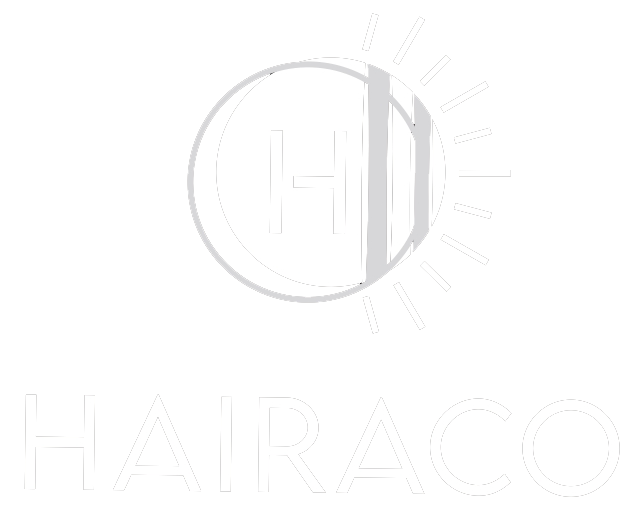When it comes to achieving professional-quality hair coloring results, the tools you use play an essential role. One such indispensable tool is the hair coloring board. Selecting the right size of a hair coloring board can make a significant difference in the efficiency and outcome of your coloring service. Whether you’re working in a salon or styling at home, understanding how to choose the perfect size for various services is crucial.
Why the Size of a Hair Coloring Board Matters
The size of your hair coloring board influences the precision, comfort, and speed of your coloring process. A board that is too small may not support longer sections of hair properly, while an overly large one can be cumbersome and difficult to maneuver. The right size depends on several factors, including the length and thickness of the client’s hair, as well as the specific coloring technique being used.
Short Hair and Root Touch-Ups
For short hair or root touch-ups, smaller boards are generally more suitable. A compact hair coloring board, typically around 10-12 inches in length, offers better control and precision. This size allows you to work closely to the scalp, ensuring even application of color on short hair strands or new growth at the roots. Look for boards that are lightweight yet durable, as they are easier to handle for detailed work.
Medium-Length Hair
When working with medium-length hair, versatility is key. Boards in the range of 12-16 inches strike a good balance between manageability and surface area. This size is large enough to accommodate medium-length sections without being unwieldy. A board with a slight curve or ergonomic design can also be beneficial, providing more natural support to the hair as you work through each section.
Long Hair and Balayage Services
For long hair and balayage techniques, larger boards are essential. Boards measuring 16-20 inches or more offer ample space to spread out long sections of hair. This facilitates smooth, even strokes that are necessary for achieving the seamless, sun-kissed effect characteristic of balayage. Opt for boards with a non-slip surface to keep the hair securely in place during application.
Specialty Techniques
If you specialize in intricate color patterns, such as ombre or multi-dimensional highlights, having a variety of board sizes on hand can be beneficial. Smaller boards can be used for detailed work near the scalp or for short layers, while larger boards will handle the longer lengths and broader sections. Some professionals prefer boards designed with textured surfaces, which help to grip the hair more firmly, preventing slippage and improving precision.
Materials and Additional Features
The material of the hair coloring board can also impact your experience and results. Boards made from lightweight synthetic materials like plastic or flexible polycarbonate are popular for their ease of cleaning and handling. For added convenience, look for boards with built-in handles or grips, which can improve comfort during long coloring sessions. Some boards feature rulers or measurement guides, aiding in consistent sectioning and application.
Caring for Your Hair Coloring Board
Proper maintenance of your hair coloring board ensures its longevity and performance. After each use, clean the board thoroughly with warm, soapy water and a non-abrasive cloth. For boards with stubborn color stains, a gentle scrub with a soft brush can help remove residue without scratching the surface. Store the board in a cool, dry place, preferably hung or laid flat to prevent warping.
Conclusion
Choosing the perfect hair coloring board size is essential for efficient and precise coloring services. By considering the length and thickness of the client’s hair, as well as the specific coloring technique, you can select a board that will enhance your performance and the quality of your results. Whether you’re touching up roots, working with medium-length locks, or creating stunning balayage effects, the right hair coloring board ensures a smoother, more enjoyable coloring experience.

